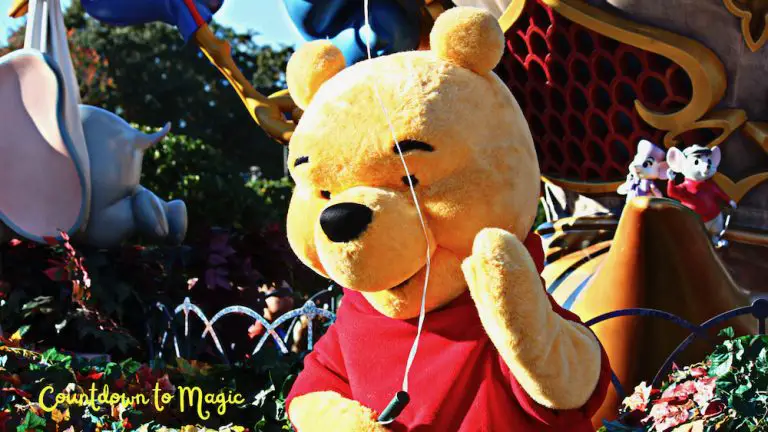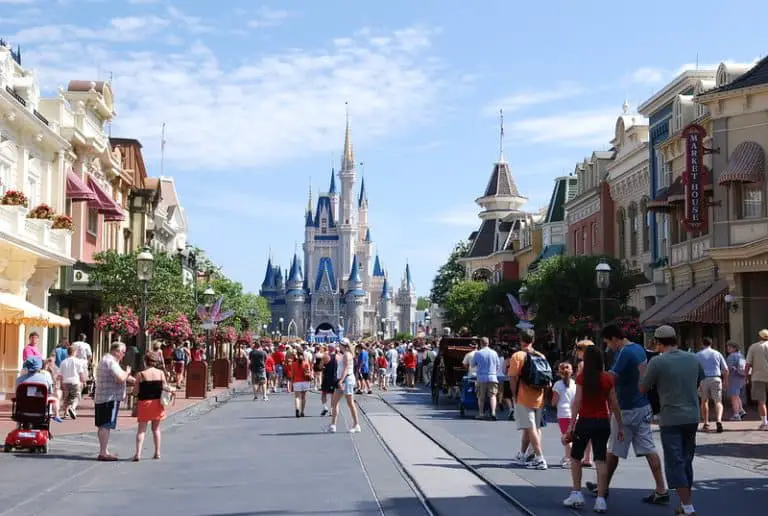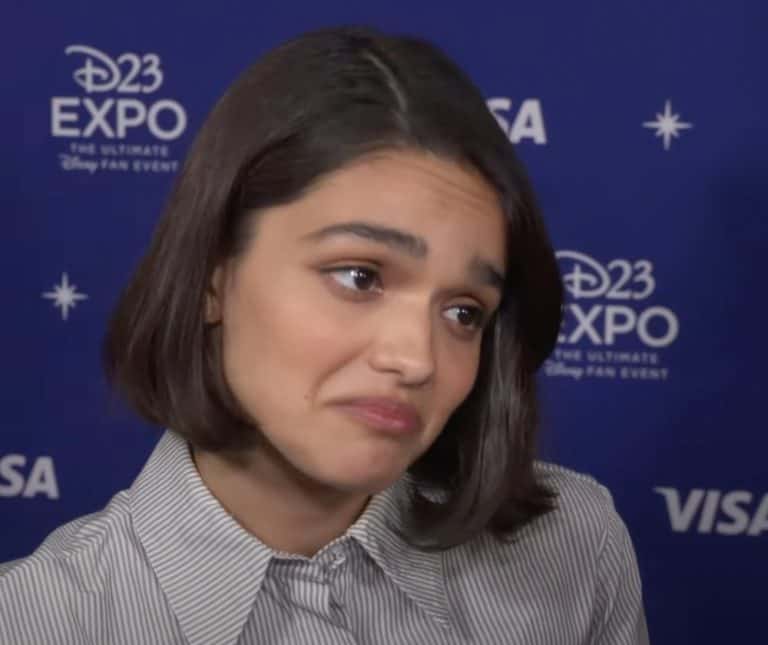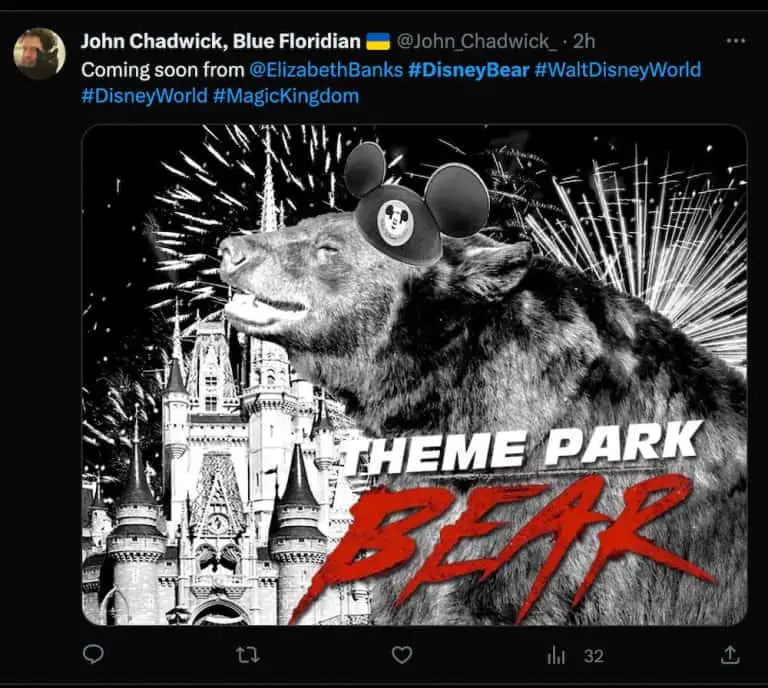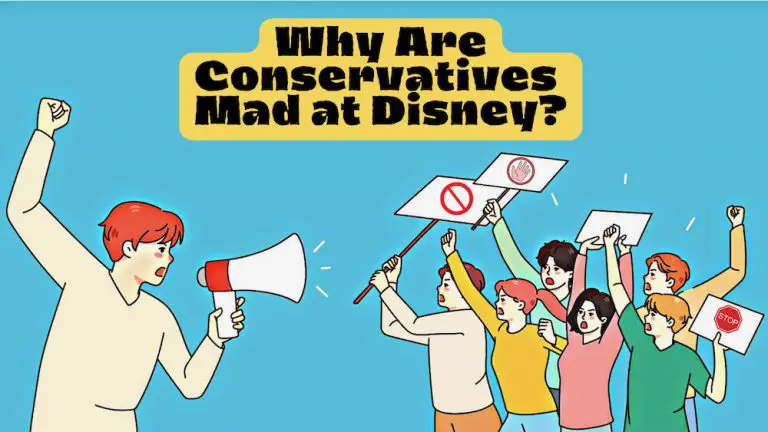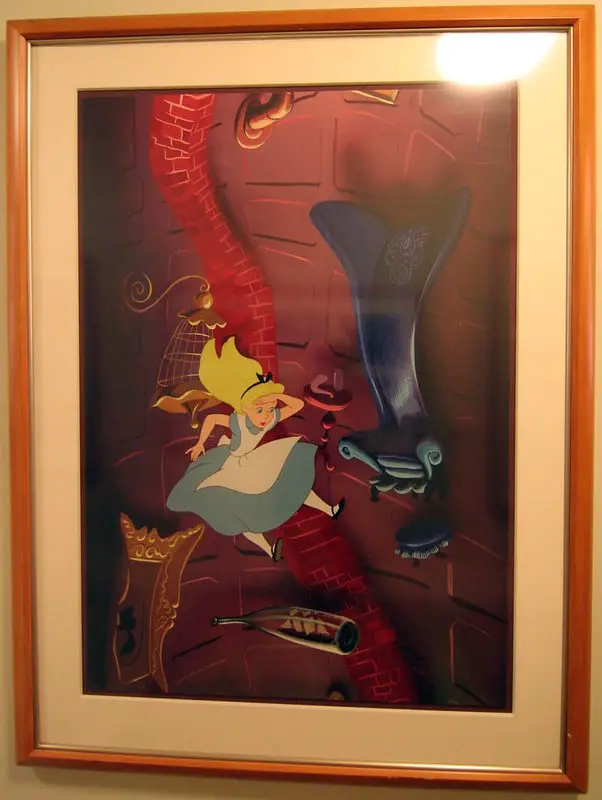Does China Own Disney? – Who Really Runs Disney?
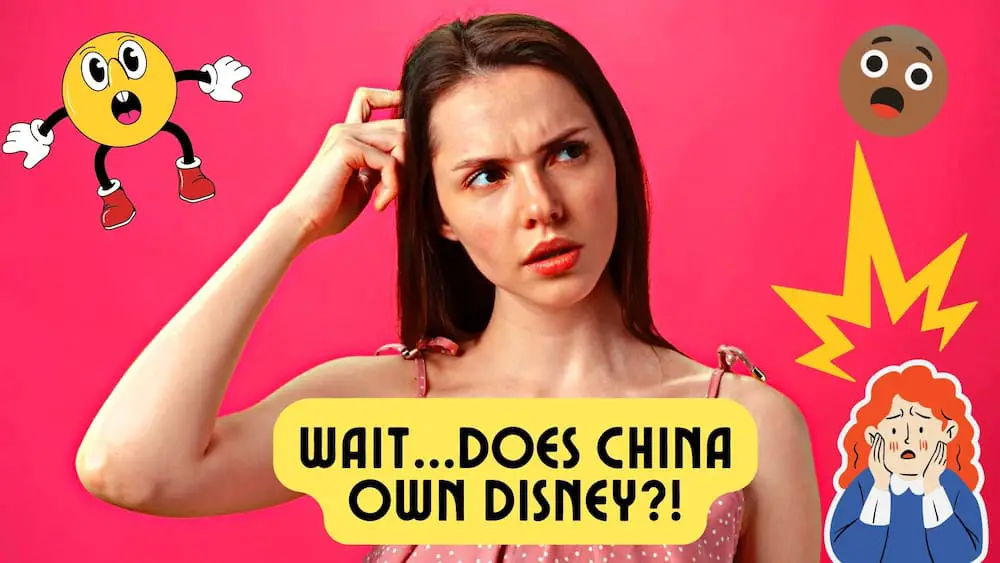
The Walt Disney Company is an entertainment conglomerate known all over the world. Because of their global recognition and business dealings, there have long been internet rumors that Disney is owned by a foreign nation (usually the rumor names China as the owner). So does China own Disney?
Well, no—absolutely not. However, Disney does have business relationships in China, and some of them can be seen as a bit problematic. So let’s dig into this topic more and find out why some people have such a big problem with Disney’s close ties to China.
Who Really Owns The Walt Disney Company?
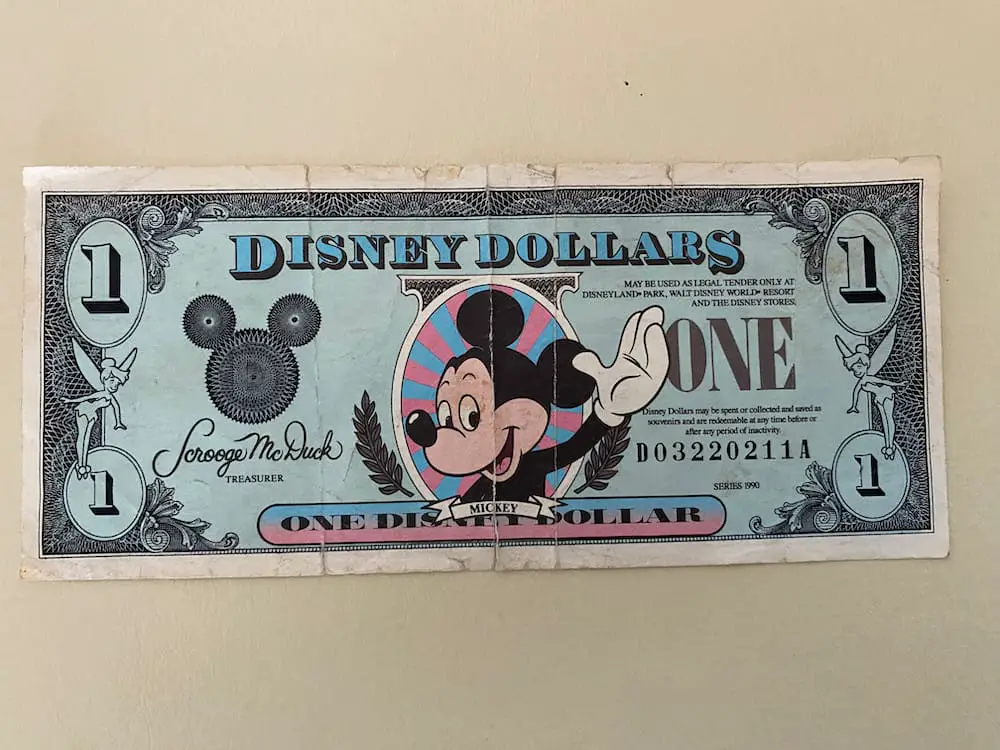
Disney is an American publicly traded company that is owned by its many shareholders. A large number of these shareholders are “institutional shareholders”, which simply means corporate entities or organizations that own Disney stock.
As of November 2022, these are the largest individual shareholders of Disney stocks, according to Investopedia:
–Robert A. Iger owns a total of 1,150,138 shares of Disney stock, which represents 0.06% of the company’s total shares outstanding.
–Christine M. McCarthy owns a total of 141,301 shares of Disney stock, which represents 0.01% of the company’s total shares outstanding.
–Alan N. Braverman owns a total of 98,922 shares of Disney stock, which represents 0.01% of the company’s total shares outstanding.
At the same time, the largest institutional shareholders were listed as:
–Vanguard Group, a mutual fund and ETF management company, owns 137.8 million shares of Disney stock, representing 7.6% of total shares outstanding.
–BlackRock, Inc., another mutual fund and ETF management company, owns 114.6 million shares of Disney stock, which represents 6.3% of the total shares outstanding.
–State Street Corp., a company that is a manager of mutual funds, ETFs, and other financial assets, owns 75.0 million shares of Disney stock, which represents 4.1% of the total shares outstanding.
So, the three top individual Disney shareholders are all Americans, and the three top institutional (ie. Corporate) shareholders are all American companies, showing that in no way does China own Disney.
- You Might Also Like: I Hate Disney (5 Reasons People Boycott)
Disney Theme Parks In China
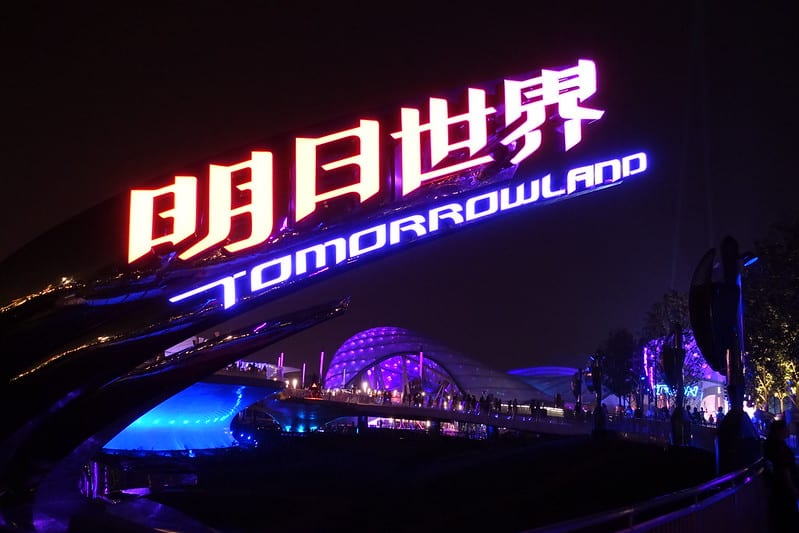
Even though it’s been established that China does not own The Walt Disney Company, Shanghai Disneyland (in Shanghai, China) and Hong Kong Disneyland (in Hong Kong) are actually not majority-owned by the Disney Company.
The ownership and corporate structure of Shanghai Disneyland is a bit complex. Basically, Shanghai Disneyland is a joint business venture between The Walt Disney Company and the Shanghai Shendi Group, a business entity created and owned by the Chinese government.
The ownership of the theme park itself is divided with Shanghai Shendi Group owning 57 percent of the shares of the park, and Disney owning the remaining 43 percent of the park ownership.
However, the agreement between Disney and China also includes a separate management company to run the Shanghai Disneyland Park. In regards to the management company, Disney owns 70 percent and Shendi owns 30 percent.
So while the Chinese government-owned Shendi Group owns most of Shanghai Disneyland Park, The Walt Disney Company owns most of the management company responsible for the park’s operations and development.
Similarly, Hong Kong Disneyland is owned by Hong Kong International Theme Parks Limited (along with shareholders, the Government of Hong Kong and the Walt Disney Company). The Hong Kong government owns 53% of the shares of the company, and Disney owns 47% of the shares. Even though Disney isn’t the majority owner, it does have direct oversight of all the park’s operations.
Both Hong Kong Disneyland and Shanghai Disneyland also pay licensing and management fees to Disney, so even though Disney doesn’t have majority ownership of these two theme parks they are still making a lot of money from them.
- You Might Also Like: How to Get Unbanned from Disney
Is Disney Parks Merchandise Made in China?
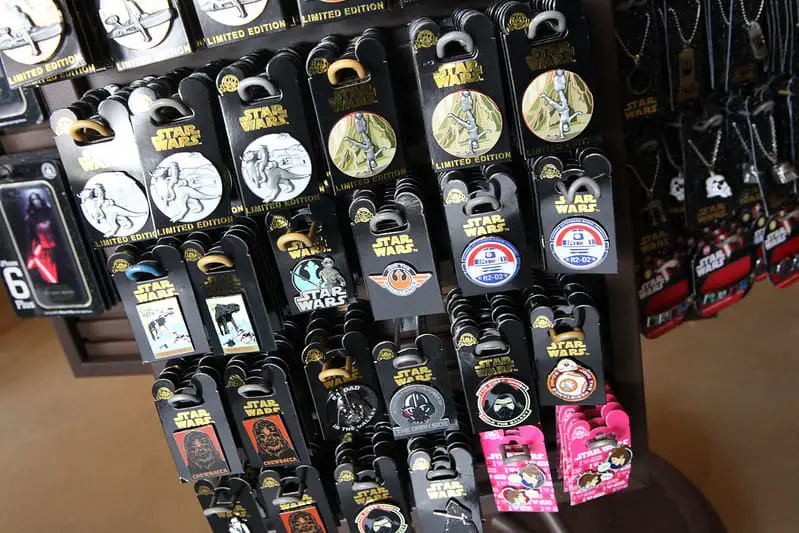
Other than theme parks, perhaps the largest business arrangement between Disney and China is in the manufacturing of some Disney merchandise. China is a global leader in the manufacturing of consumer goods. It’s nearly impossible to not have something in your household that wasn’t made, in full or in part, in China.
If you have a smartphone, tablet, or computer in your home, it is likely that at least some of the components were made in China. In fact, the United States’ total imported goods from China was $575.69 billion in 2022!
One of the most popular and affordable Disney souvenirs is trading pins. Most (if not all) Disney pins are manufactured in China. Disney ear hats and ear bands are also made in China. Many of the Disney plastic toys, character plushies, and some clothing items also come from manufacturing facilities in China.
Do you collect Disney bags or wallets made by Loungefly? Those are made in China, too. How about Funko Pops Disney collectibles? Yes, most of those are also made in China.
Disney and other companies have their products manufactured in China because it is cheaper for them to do so. This really isn’t out of the ordinary. If you look at souvenirs and clothing from almost any theme park or resort (not just Disney) you will find many goods marked “Made in China”. In fact, it is estimated that approximately 80% of all the world’s toys are made in China.
This doesn’t mean the products are of lesser quality or unsafe. In fact, most larger toy and clothing companies have their products tested by independent certified laboratories to ensure that the products are safe and well-made.
Unfortunately, China also is also known as the country of origin for many counterfeit Disney products. Most notably, most of the fake Disney pins that you’ll find were made in China, often in the factory where genuine pins were being produced. Until recently, intellectual property theft (copyright, trademark infringement, etc.) was rarely enforced in China. It does appear that is changing, though.
In 2013, a man was caught having counterfeit Disney pins made in China, which he then attempted to sell in bulk here in the United States. He shipped the real pins to a factory in China, where they created fake versions of the pins, then he attempted to sell them online. He was eventually caught and sentenced to eight years in prison.
In early 2023, a Chinese online celebrity and his wife were convicted of creating and selling fake Disney stuffed animals, which they sold on livestream sales during 2021 and 2022. These toys look almost identical to the “Duffy and Friends” line of plush animals that are popular in the Chinese Disney theme parks. This was the first time an individual was arrested in China for violating Disney’s copyright.
Sadly, fake merchandise isn’t the only thing problematic about Disney’s manufacturing relationship with China. Some of the factories that make various Disney toys have been found to have terrible working conditions for their employees.
Long hours, safety violations, employee harassment, and unclear labor contracts are some of the main complaints. While many Disney toys are still made in China, Disney did cut ties with at least one factory that was known to have many labor violations.
- You Might Also Like: Little Mermaid Banned Cover Value
Disney Films In China
China is the second largest film market in the world, with North America being the largest. It’s no wonder that an entertainment powerhouse like Disney wants to have their movies be a part of that lucrative market. However, China has a reputation for censorship of film content that the government decides is “unacceptable” or “controversial”.
Disney has made considerable efforts in recent years to be more inclusive and diverse with characters and storylines in their films. Most people would take this to be a good thing, but it has led to some tensions with the Chinese government wanting some films to be censored or not allowing them to be released at all.
The most recent controversy seems to be around the live-action film of “The Little Mermaid”, which features a young black actress (Halle Bailey) cast as Ariel. Sadly, it is nothing but racist attitudes regarding this casting that is fueling the controversy.
The Global Times, an English-language Chinese tabloid, accused Disney of turning classic tales into sacrificial lambs for political correctness by casting non-white actors in traditionally white roles.
Before that, the Chinese government stated it would not allow the release of the 2022 film “Lightyear”, because of a very brief kiss between a lesbian couple. China was not the only nation that wouldn’t allow the film to be released because of this scene, but it was the largest film market to make such a demand. Ultimately, Disney declined to cut the scene for the Chinese market.
However, there are instances when Disney has capitulated to China’s wishes when it comes to film content. Back in 1996, Disney was banned from China over “Kundun”, a film directed by Martin Scorsese about Tibet that was sympathetic to the Dalai Lama.
After some controversy about getting the film released, and because plans were already in the very early stages for Shanghai Disneyland, then-Disney CEO Michael Eisner apologized to the Chinese government, saying (in part) “Here I want to apologize, and in the future we should prevent this sort of thing, which insults our friends, from happening.”
Consequently, “Kundun” was never released to the Chinese market and was only briefly shown in the U. S. Now, the movie is unavailable on U.S. streaming platforms and can only be watched on DVD.
Of course, we can’t talk about Disney films in China without mentioning Mulan. The animated “Mulan” movie wasn’t well-received in China, with many critics saying Disney’s version was disrespectful towards the character that was so beloved in Chinese folklore.
When Disney made a live-action remake of the movie, efforts were made to be more appealing to Chinese audiences. The 2019 movie still wasn’t well-received in China, with many critics saying it was “inauthentic” and “pandering” to the Western idea of Asian folklore.
But disappointing box office numbers aren’t even the biggest controversy around the 2019 version of “Mulan”. First, the lead actress, Yifei Liu, expressed her support for the police cracking down on protesters who were marching in the streets of Hong Kong.
The protests were in response to new laws that would curtail many of Hong Kong’s independence since becoming part of China. Her support of the violent police crackdowns was seen as being very much against the people of Hong Kong. Consequently, people in Hong Kong and elsewhere called for boycotts of the film.
Then, in the closing credits of “Mulan”, government and police entities in the Xinjiang province of China are thanked for making the filming there possible. Xinjiang is a region where the Chinese government has rounded up members of a Muslim ethnic minority called the Uighurs, and moved them into what are basically concentration camps.
This human rights violation has been documented and condemned by Human Rights Watch. Disney’s willingness to film in that region, and to acknowledge the cooperation of the local government, caused a great deal of controversy, and more calls to boycott “Mulan”.
On a more positive note, it seems more recent Disney films are being shown in China without calls for censorship by the Chinese government. Marvel films have been released in China after a three-year ban, as well as the recent “Avatar: The Way Of Water”.
With China being such a huge global film market, it makes sense for Disney to want to have their films played there. Hopefully, Disney can negotiate with the Chinese government to have their future films released uncensored, so the fans can enjoy these movies in their entirety.
- You Might Also Like: Why Conservatives Are Mad at Disney
- If you enjoyed this article, please “like” my Countdown to Magic Facebook page!
This article was written by Kimberly and edited by Michael.
